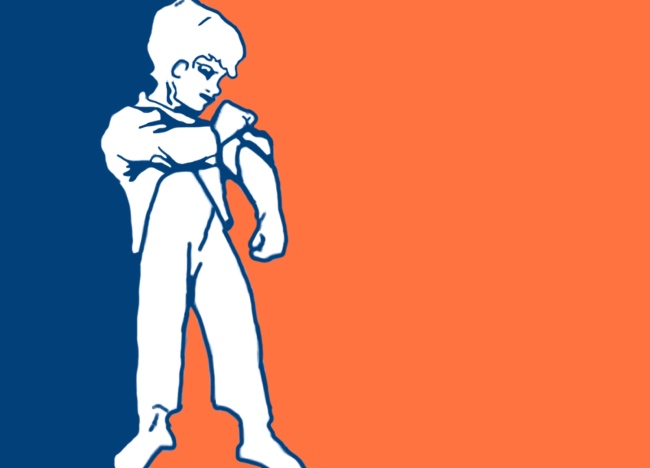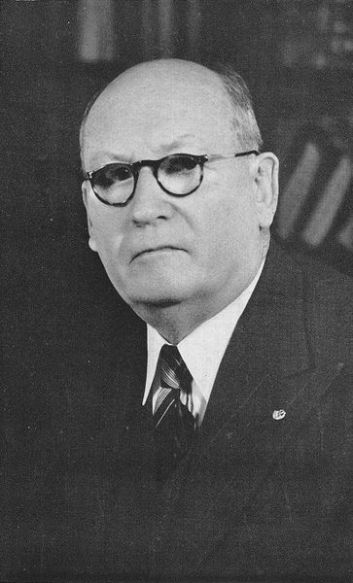
Johannesburg – The University of SA (Unisa) should apologise for withdrawing permission for an EFF seminar on land reform at its Pretoria main campus, the party said on Friday.
“We call upon Unisa management to apologies for creating the conditions for EFF’s right to freedom of association to be undermined…” spokesperson Mbuyiseni Ndlozi said in a statement.
The university should also apologise for failing to “defend its student”, Economic Freedom Fighters (EFF) leader Julius Malema, who wanted to “participate in the open learning and debate on campus”.
Malema on Thursday ignored a Unisa management decision to cancel his talk on land distribution. Instead he addressed students outside the hall.
The SA Students’ Congress (Sasco) and National Education, Health and Allied Workers’ Union (Nehawu) at Unisa were apparently unhappy with Unisa hosting the event.
Scuffle on campus
On Thursday, members of the EFF and Sasco insulted one another, and a scuffle resulted in Sasco members being injured.
Unisa declined to comment on Friday, except to reiterate its previous message that permission had been withdrawn over fears that the meeting would turn into an EFF political rally.
The initial permission for the seminar did not extend to this, and “other formations on campus were opposed” to an EFF rally without the requisite permission, Unisa said on Thursday.
It had taken the decision to withdraw permission “to prevent possible damage to our property and to safeguard lives”.
Ndlozi said the EFF had taken a decision to proceed with its gathering at Unisa, despite the cancellation of permission.
“We had to arrive and demonstrate that we take the message we gave to our people seriously.
“… EFF is prepared to defend its ideas and the freedom to advance them in public platforms.
“Many indeed try to stop us, silence us or wish us away because our ideas are fire and resonate with the popular classes.”
Our comment
Julius Malema is again on the news. This time he protests for the withdrawing permission for an EFF seminar on University of SA main campus in Pretoria. Unlike Malema says, the UNISA should not apologize for the refusing the EEF conference because if every organization as the right to do campaign and conferences, institutions as the UNISA university also has the right to refuse a certain conference of an organization because there are many speakers that want to participate is this events and time is limited, and also because Julius Malema is a politician with a radical political views and that frequently used hate speeches against Afrikaners and other whites in South Africa. The university is only protecting is students of another attempted brain washing of Malema and his EFF’s supporters.
The fight of the EFF members on thursday with the SA students congress (SASCO) show again that the EFF is a radical and violent political movement that never must get any power in South Africa because it’s political speech promotes black on white racism and violence and is one of the biggest responsibles for the White Genocide in South Africa. And the truth is that this event was only one of a series of events and polemical declarations that Malema has done recently. From threats to a BBC journalist, the famous shoot the boer song, the statements saying that the blacks should take land to the whites without any compensation and of course all his hate speech that promoted some of the violent crimes against whites that we have witness is the last years. This shows that Julius Malema is completely out of control as even president Jacob Zuma said once and he is a dangerous man and so his political ambitions must be stop because if he gets any power that could represent even more race motivated deaths of whites, specially Boere-Afrikaners is South Africa.
Since we have a case that happened is a South African university we all like to talk about the decline of the Afrikaans speaking universities in South Africa. Since the end of Apartheid the Afrikaans language is being marginalized in the South African society. That is seen by the fact of many Afrikaans schools or universities have no longer classes in Afrikaans. The Afrikaner historian Hermann Giliomee had correctly said that since 2001 Afrikaans had been in a vital fight for its survival as university language. The three traditionally Afrikaans speaking universities have now compulsory programs in both Afrikaans and English even in the University of Stellenbosch the most important Afrikaans University of South Africa were much of the former South African leaders were graduated. Also the quality of the Afrikaans in the universities is deteriorating because some teachers have not proper abilities in the language. In the university of the Vry Staat, another Afrikaans university, white student have now compulsory classes of Sesotho the main native African language of that region. We need to defend the Afrikaans language to keep our language alive in the education sector because if the Afrikaner and Coloured children of some areas cannot have Afrikaans classes in some regions this could lead to the deteriorating of the Afrikaans language in a medium term and even to a large decline in the number of speakers.














